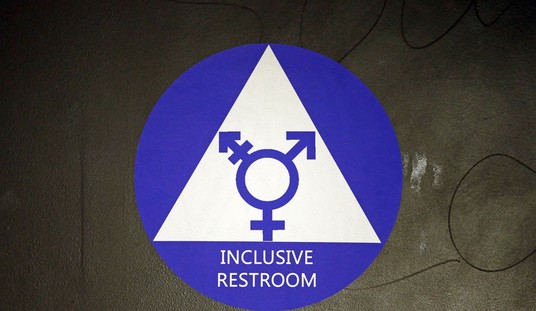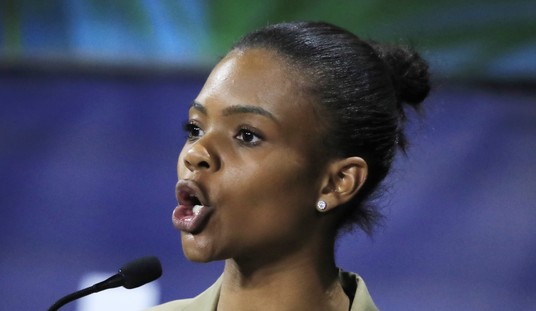“Armed Liberal” writes:
Deborah Howell, the Post ombudswoman, has a piece up on l’affaire Arkin.
It’s a reasoned, establishment take on blogging, is appropriately critical of Arkin – even though she understates the loathsomeness of what he said – and includes one gem that needs to be held up and examined.
Arkin is unrepentant about two things: He works for The Post. Period. And he said he is “probably one of the best-known and respected anti-military military bloggers.”
I hadn’t seen that before, but it pretty accurately sums him up, doesn’t it?
Indeed it does. And it’s right in line with a trend I’ve been casually tracking since the early days of this blog, which James Taranto summed up thusly last year:
Something odd is afoot in America’s elite media–increasingly, journalists are unabashed about admitting their liberal bias.
Back in November, James Q. Wilson wrote:
But in the Vietnam era, an important restraint on sectarian partisanship still operated: the mass media catered to a mass audience and hence had an economic interest in appealing to as broad a public as possible. Today, however, we are in the midst of a fierce competition among media outlets, with newspapers trying, not very successfully, to survive against 24/7 TV and radio news coverage and the Internet. As a consequence of this struggle, radio, magazines, and newspapers are engaged in niche marketing, seeking to mobilize not a broad market but a specialized one, either liberal or conservative.
Economics reinforces this partisan orientation. Prof. James Hamilton has shown that television networks take older viewers for granted but struggle hard to attract high-spending younger ones. Regular viewers tend to be older, male, and conservative, while marginal ones are likely to be younger, female, and liberal. Thus the financial interest that radio and television stations have in attracting these marginal younger listeners and viewers reinforces their ideological interest in catering to a more liberal audience.
Focusing ever more sharply on the mostly bicoastal, mostly liberal elites, and with their more conservative audience lost to Fox News or Rush Limbaugh, mainstream outlets like the New York Times have become more nakedly partisan. And in the Iraq War, they have kept up a drumbeat of negativity that has had a big effect on elite and public opinion alike.
As Howell implies in her support of Arkin, clearly, the Post’s readers on the left have their ideal journalist; but what does this trend forecast for the future of Big Media?
Update: “So the Washington Post and NBC News has William Arkin but the New York Times unbelievably has John Burns“.
Burns is even more impressive when you consider the environment he functions in.










Join the conversation as a VIP Member